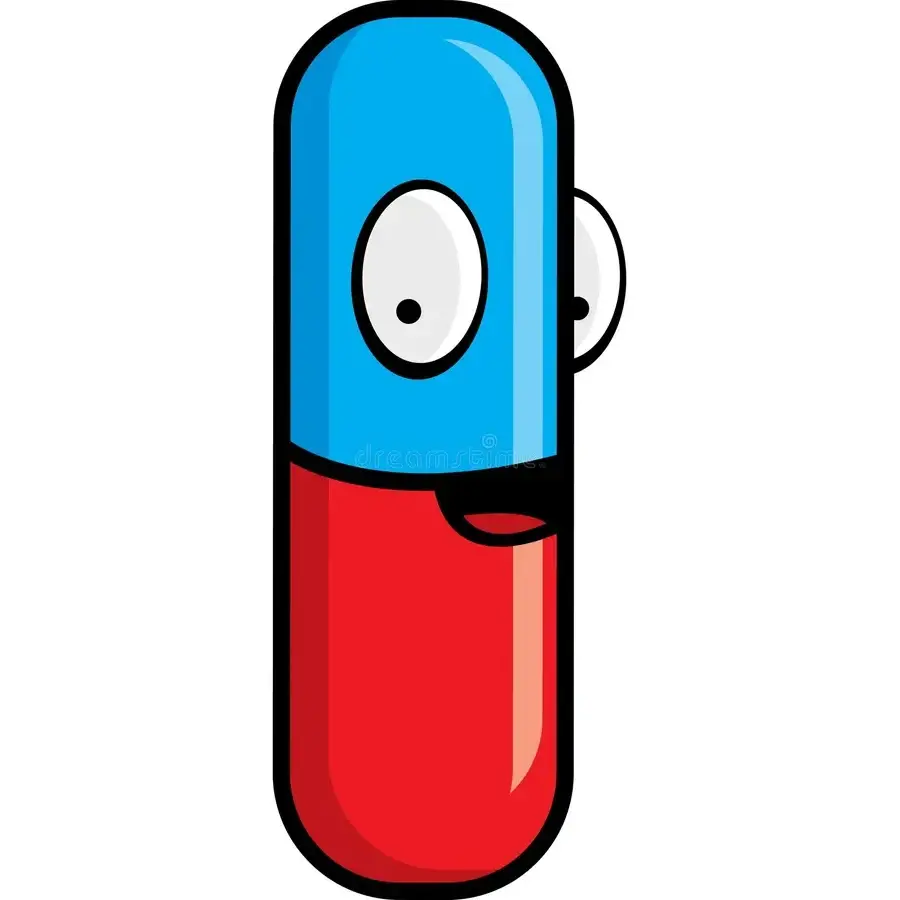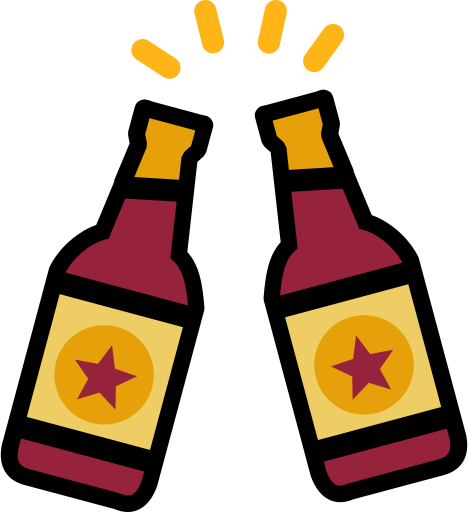It’s true that our 16th-century ancestors drank much more than Irish people do today. But why they did so and what their beer was like are questions shrouded in myth. The authors were part of a team who set out to find some answers.
As part of a major study of food and drink in early modern Ireland, funded by the European Research Council, we recreated and analyzed a beer last brewed at Dublin Castle in 1574. Combining craft, microbiology, brewing science, archaeology, as well as history, this was the most comprehensive interdisciplinary study of historical beer ever undertaken. Here are five things that we discovered.
For the full rundown: https://foodcult.eu/exhibition/brewing-historical-beer/
I was wondering how hops was sourced back in the in colder climates! Like, they brewed beer in fairly northern cities even back then, where hops availability was probably limited. I wouldn’t have guessed they sourced it from abroad (here: probably Belgium or NL) rather than omitting it.
Hops grow better in northern latitudes (within reason), they generally need longer summer days in order to produce flowers. People have successfully grown hops in Scandinavian countries (and not just southern Denmark). You probably can’t grow them in Svalbard tho.
In present-day Germany, commercial hops cultivation is pretty much confined between 47.5 - 48.5°, i.e. southern Germany. Do you know why that is?
They probably grow better there, but that doesn’t mean they won’t grow elsewhere.




